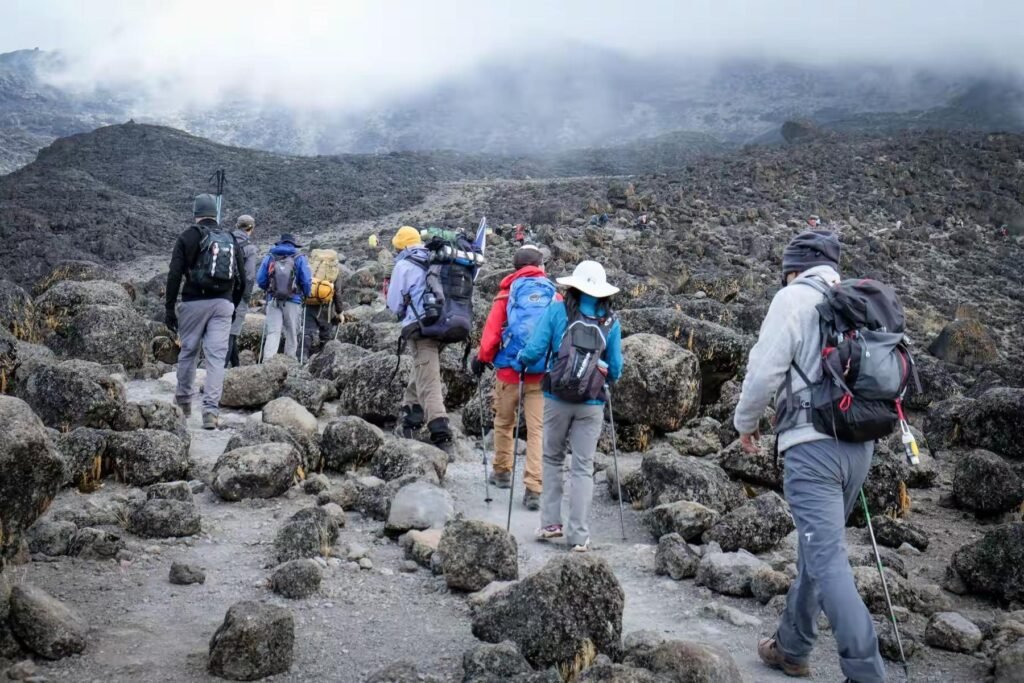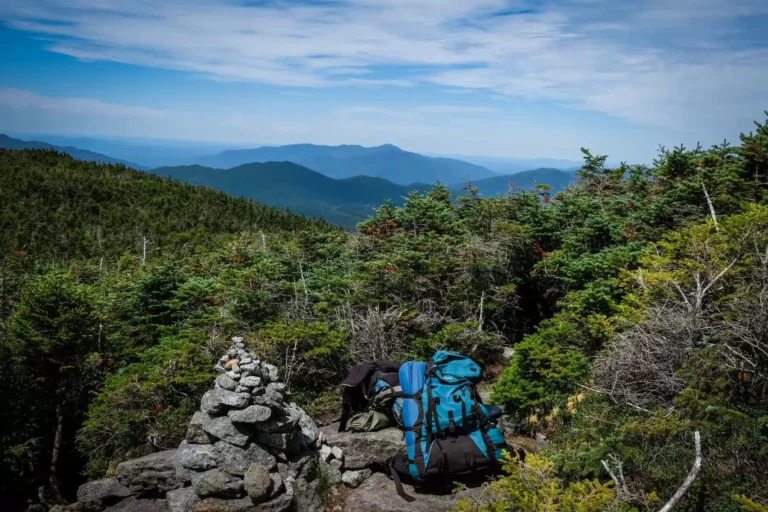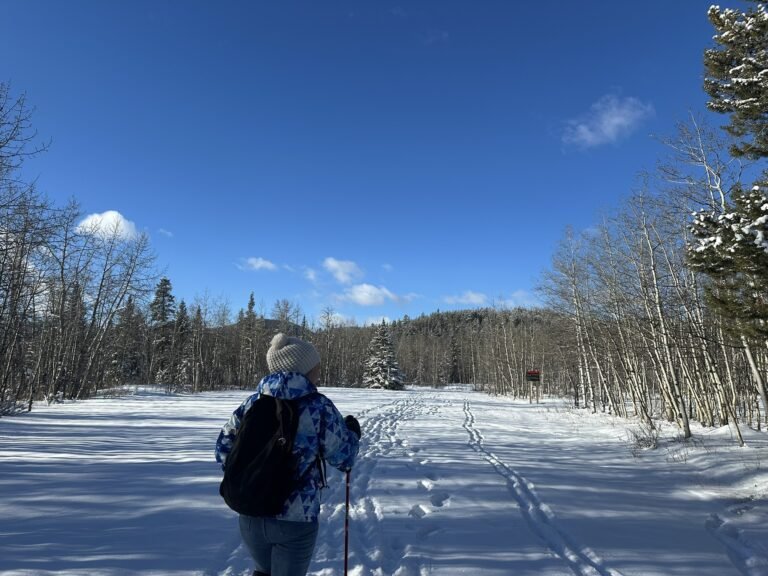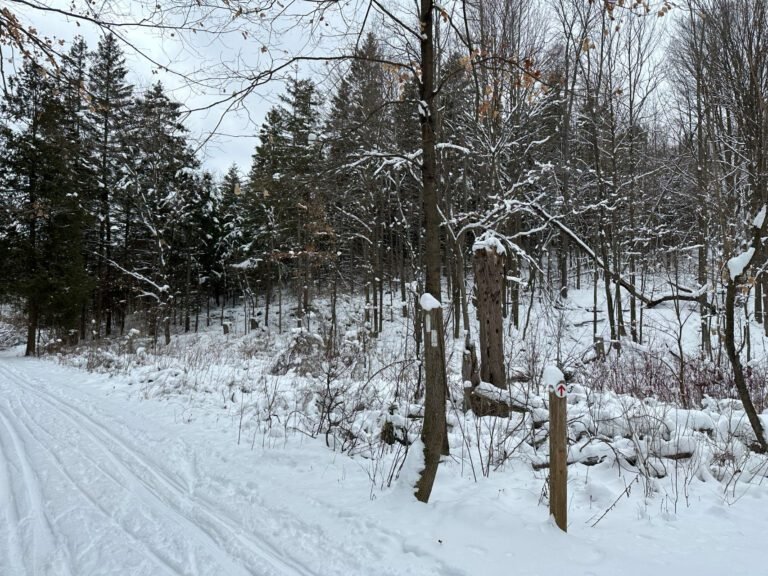Based on our 6-day trek along the Machame Route up Kilimanjaro, I’d like to share my Kilimanjaro Packing List to help you prepare for your own adventure. This list highlights what worked well and what didn’t, giving you a better idea of how to pack effectively. Let’s start with the basics!
My Kilimanjaro Packing List
For climbing Kilimanjaro, even if you don’t require a porter, hiring a guide is mandatory. Independent trekking is not permitted in the National Park area. This is what my guide told me. I got our trekking company from the book Lonely Planet. I went through the list on the book and check each company on Internet. Fees and services are different so check carefully before booking your climbing company.
The guide from our climbing company picked us up at the airport and provided us with the duffel bags for the trek. They carefully went through each climber’s gear, ensuring we had all the necessary items. The porters would carry the duffel bags, while we packed a few essentials in our daypacks to carry during the hike.
Only pack climbing gear needed for the trek in the duffel – store your suitcase at the hotel.
Duffel weight limit: 15kg (porters will carry it for you).
Pro tip:
- Bring a large garbage bag to use as a liner inside the duffel bag to keep your belongings waterproof.
- Use Ziploc bags to organize everything – they’re waterproof and transparent!
My Clothing Essentials in Kilimanjaro Packing List
- 4 sets of underwear (no washing water provided at Barafu Camp before summit)
- 4-5 pairs wool hiking socks. Save one fresh pair of socks – preferably your warmest and thickest pair. Put them on when you rest in sleeping bag a few hours right before the summit. This ensures your socks are moisture-free for the final climb.
- 3 short-sleeve T-shirts
- 3 long-sleeve base layers (mix of thick and thin)
- Spare hiking pants + shorts/capris (it’s hot at lower altitudes)
What I Wore for the Summit: Kilimanjaro Packing List
- Thick insulated gloves (you can bring hand warmers)
- A thick woolen hat (beanie) for summit night
- Warm insulated jacket
- Insulated windproof pants or fleece-lined pants
Footwear in My Kilimanjaro Packing List
The trails on Kilimanjaro are mostly free of rocks. The only slightly rocky sections I remember are on the morning of the second day and the Barranco Wall on the fourth day. Other than that, the path is generally quite smooth and flat.
- Hiking boots (mid-ankle) for summit night and descent
- Trail running shoes (low-ankle) for other days
- Both should be Gore-Tex waterproof
- A pair of Crocs with fleece lining or sandals for camping nights – make sure they are comfy and warm
Other Essentials in Kilimanjaro packing list
- Headlamp and spare batteries: Replace with fresh batteries before the summit to avoid carrying spare ones.
- Medicines: I brought Tylenol and Diamox – keep Diamox in your day pack.
- Toiletries: Bring essentials like wet wipes for quick cleaning.
- Snacks: Pack high-energy snacks like chocolate and energy bars. Savory snacks like Fish or beef jerky was a big hit on our trek.
- Power bank: A must for charging your cellphone during the multi day trek.
- Sleeping mat and tent: Provided by the trekking company. For added comfort, you can bring an extra mat. I repurposed an old pillowcase, stuffed it with my down jacket, and made a makeshift pillow.
- Sleeping bag: It must be rated for temperatures below -20°C. If yours isn’t warm enough, rent one from the trekking company. My husband brought his own lightweight down sleeping bag as a liner and stayed very warm. I used a fabric liner from MEC but still felt cold. Among our group of five, the rented sleeping bags varied in thickness.

Smart Packing Tips for Your Day Pack
Your 20L day pack should carry:
- Trekking poles (optional – my husband never used them)
- 2x 1L water bottles (I found 2L more than enough)
- Rain gear (lightweight jacket and pants)
- 2 Buffs to protect your neck and head from the sun, wind, or to keep warm
- A pair of thin gloves for day use
- Sunglasses, sun hat, sun cream
- Diamox (altitude sickness meds)
- Toilet paper & hand sanitizer kept in a Ziploc bag
- Snacks you like for the day
- Camera (we didn’t take it in the summit night – too heavy and the night is too cold)
Summit Night Special Preparation
- Departure timing depends on group’s slowest member
- Why summit at night:
- Frozen ground is easier to walk on
- Less discouraging than seeing the peak
- Less wind and sun exposure
- Dress warm and layered:
- Keep your cellphone, batteries and snacks in inner pockets of your jacket
- Energy gels and water can freeze. Keep your gels easily accessible and warm by storing them close to your body. Place your water bottle inside your backpack to help prevent it from freezing.
- Eat as much as you can:
- Don’t skip dinner at Barafu Camp (4700m) – I completely lost my appetite after arriving Barafu Camp. If you’re experiencing altitude sickness like I did and don’t feel like eating, it’s important to push yourself to eat dinner, and have Diamox tablets. You need energy for the summit!
- Eat the midnight snack provided before the summit climb
- Stay hydrated:
- Use bottles instead of bladders (less freezing issues)
- Store bottles upside down
- Consider an insulated bottle for hot water
What You Can Skip
- Water filters or tablets (the guide company will provide filtered, boiled water)
- Insect repellent (no mosquitoes at altitude)
- Yellow fever card:
- Required at Kilimanjaro airport
- Different rules for different passports
- Vaccination costs vary significantly by country, which is weird

Did you find this Kilimanjaro packing list helpful for your trek planning? If so, you can support my work by clicking the orange “Buy Me a Coffee” icon in the bottom-right corner. Thanks a lot!
Where to Stay Before & After Kilimanjaro Trek
Planning your pre‑ and post‑trek accommodations? We, like most climbers choose to stay in Moshi, which is the closest town to the mountain gate (often just about an hour’s drive) and offers a wide selection – from backpacker hostels to boutique hotels and luxury lodges.
Arusha is another option, especially if you’re heading into safari country afterward – you’ll find upscale lodges and safari lodges there, about 1.5 hours from Moshi.




